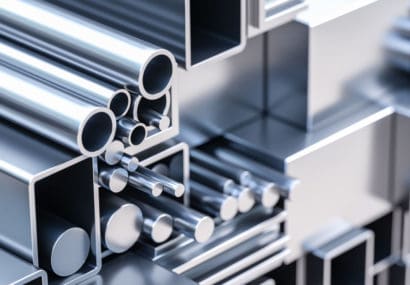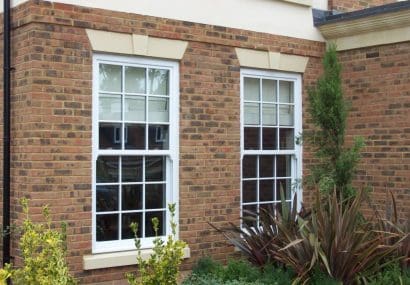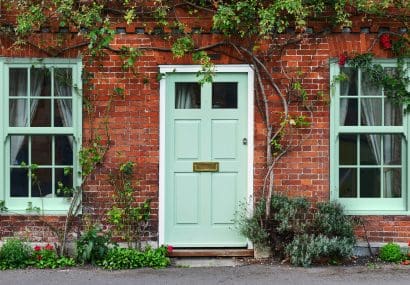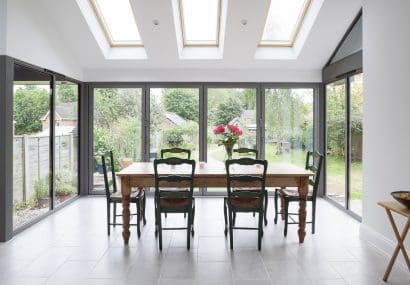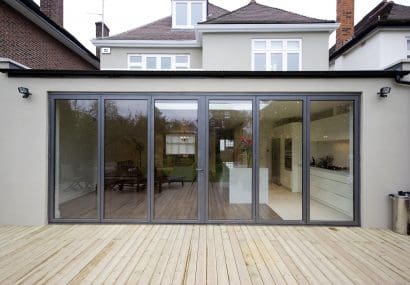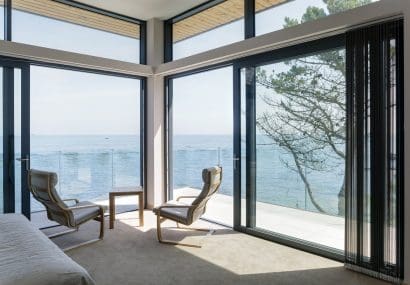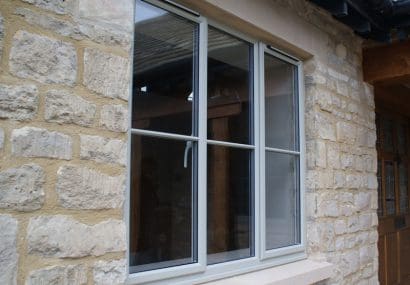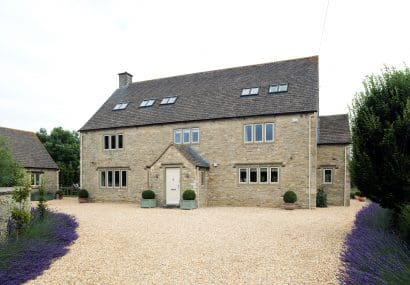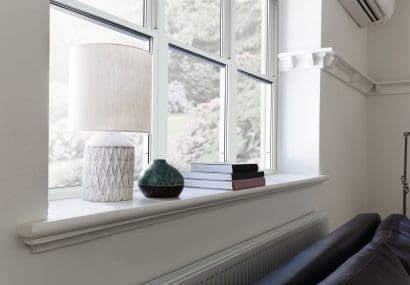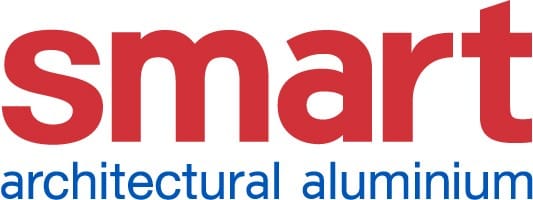Why Aluminium is the Future of Eco-friendly Construction.
Posted: 16th August 2022
When we think about sustainability and our use of the planet’s finite resources, it is noticeable how seldom metals get a look in. With an image so heavily tied up with industry and pollution, it’s maybe no surprise, but amongst these materials is one that punches well above its weight in almost every regard: aluminium.
It makes up a whopping 8% of the Earth’s core mass – making it the most widespread metal in the world and the third most abundant chemical element after oxygen and silicon; it is infinitely and easily recycled; has a lower carbon footprint than many of its closest competitors (both in its construction and its use) and more than holds its own against its nearest equivalents when it comes to its structural properties.
So, you may be thinking that the argument borders on common sense, but it doesn’t stop there: once we take a closer look at what it offers up against its rivals in the industry, we begin to notice that the case for using aluminium just gets stronger.
The Lay of the Land – Where the Industry is Today
Before we can get a full picture of the benefits of using aluminium, it’s useful to have an idea of the problems facing the construction industry today, specifically with regards to its sustainability credentials and carbon footprint. From there we can see where there is room for improvement, and where the alternatives provide them.
The UK Green Building Council has stated that the built environment accounts for nearly 50% of C02 emissions produced by the UK. This includes not only the construction but the maintenance and operating costs, too.
So, let’s take a quick look at where we stand today and the problems facing the industry’s transition to a greener model.
- Concrete – The cause of 8% of global emissions – almost triple the aviation sector.
Moreover, for every tonne of concrete used, 134.8kg of C02 is released into the atmosphere.
- Steel – Double the amount of C02 is released compared to the quantity of steel produced. So, for every tonne of steel, that’s 2 tonnes of C02.
- Timber – 80,000 acres are lost every single day to deforestation.
- Cement – In order for the cement industry to meet the Paris Climate Agreement, it must reduce emissions by 16% by 2030.
- Waste – A staggering one quarter of all the materials used in construction each year are wasted; 13% just get sent directly to landfill sites.
When you see numbers like that, it’s easy to see why there is so much pressure for the industry to find more viable options. Of course, nothing in this world is free – either financially or with regards to its environmental impact – but it’s certainly also true that some things are more costly than others. If we take a look at aluminium, it’s hard to argue with those who feel that not using it is all too often an opportunity missed.
Illuminating Aluminium: Key Features
Habitat Rehabilitation
Aluminium is created from bauxite ore, a process which takes place from sites across the globe. A survey in 2002 found that 83% of the mined areas around the world concerned with bauxite ore were rehabilitated after use and that 97% of bauxite operations had rehabilitation strategies in place. There is no method possible of pulling things out of the ground without having a detrimental effect on the surrounding habitat, so it’s vitally important for sites of heavy industry to have something in place to return the habitat to its original state once the operations have ceased.
Lightweight
Steel may be the stronger of the two metals but aluminium has a much better strength-to-weight ratio. There is a rule of thumb in the boat-building trade that states aluminium is roughly half the strength of steel and about a third of its weight. This attribute has obvious advantages when applied to the construction industry.
Corrosion Resistance
There is a good functional reason for aluminium being used on so many exteriors of buildings these days: in most environments, aluminium alloys are incredibly resistant to all kinds of weather conditions and are excellent at corrosion resistance. Another good place to see this in action is its proliferation in the fizzy-drink can market.
Strength
Some aluminium alloys are also considered high strength, even compared with steel. This, in conjunction with its durability, makes it the ideal candidate for a huge number of tasks where strength and longevity are decisive factors. Its strength also gives building designers flexibility when it comes to floor-planning.
Recyclable
Aluminium can be recycled infinitely, while maintaining the same structural performance. This benefit is two-fold, as it saves on the amounts of raw materials needed to begin with whilst also massively reducing the carbon used for its preparation – for every tonne of aluminium recycled, 9 tonnes of C02 emissions are saved.
Non-flammable
According to BS 476, the regulation pertaining to the fire resistance of different elements of construction, aluminium has been designated non-combustible: after prolonged exposure to fire or extreme heat, the metal will start to melt – not burn – after reaching its melting point.
Building Ratings Potential – Making the Grade
When a material’s environmental status is being considered, factors including the type of energy used in the extraction process and the availability of recycled components are all taken into account. Using aluminium systems in the construction of new buildings or the renovation of existing ones can improve building ratings in a number of ways. These include:
- Thermal control
- Daylight optimisation
- Renewable energy production
- Energy performance
- Acoustics
- Raw and recycled material sourcing
The Climate Alloy Ally
Making any choice is the same: you weigh up the positives; consider the negatives and come to a conclusion. No use of a resource will ever come without its correlative negative impact – a truth that is becoming more relevant with each passing day – and so the task ahead of us is to decide which material’s benefits outweigh the damage they cause. When viewed along these lines – and it may well be that the time for that perspective is now – it is hard to see why aluminium isn’t a permanent fixture to the conversation.
To find out how you can take advantage of Mercury’s aluminium products please get in touch today.
Back to news
